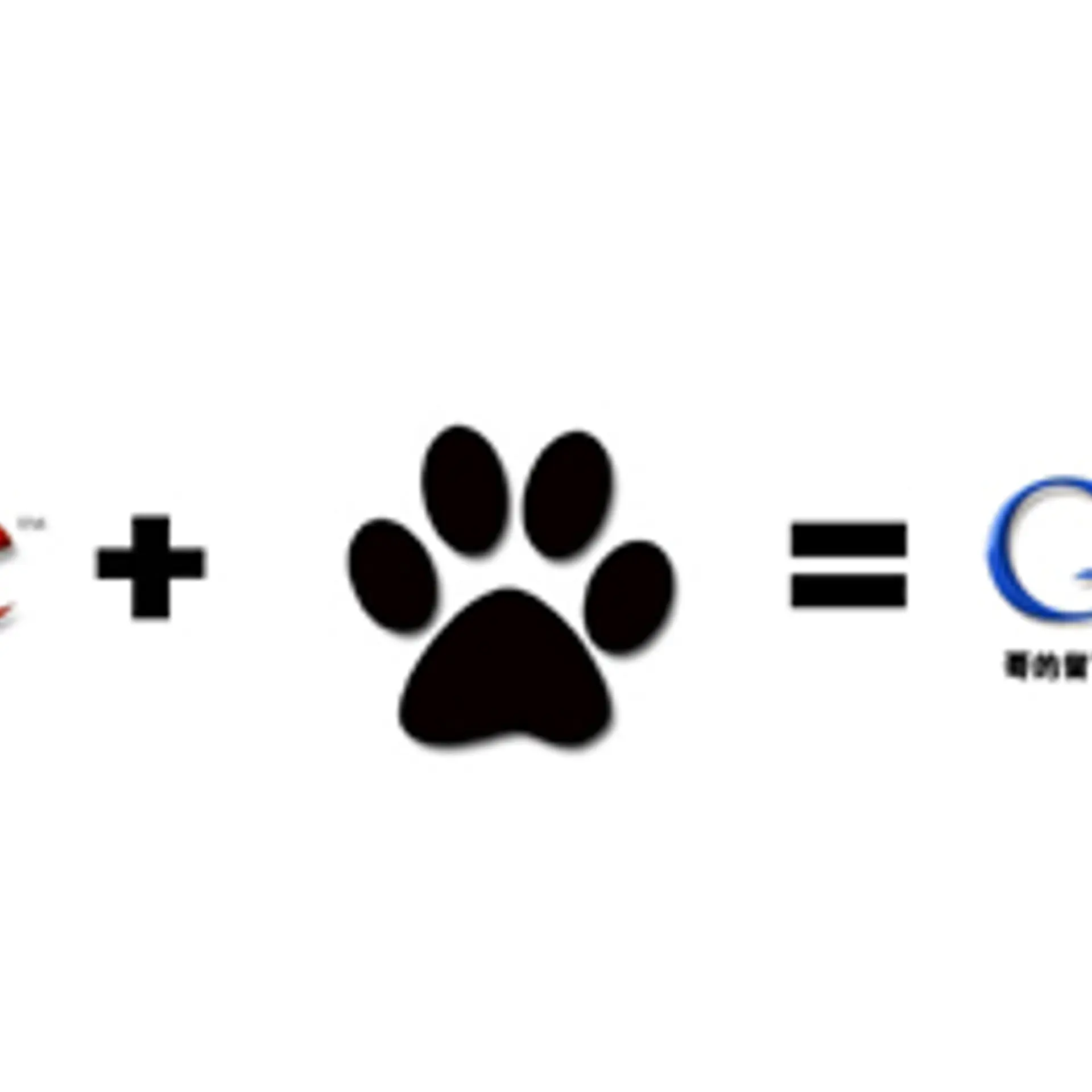

5 proven UX tips followed by the best real estate website design company
According to Search engine land, only 2.35% of the total visitors, consider contacting a company. Learn 5 proven UX tips that the best real estate website design companies recommend.
Website conversion matters the most to any entrepreneur. Despite all the good and innovative technologies in place, the conversion rate stays dilapidated. According to Search Engine Land, only 2.35% of the total visitors, consider contacting a company. Learn 5 proven UX tips that the best real estate website design companies recommend.

#1 Say no to pop-ups
Pop-ups are a good means to grab the quick attention of website visitors, but overwhelming users with pop-ups will have a repulsive impact. It will force visitors to quit your site and take refuge of the competitor’s. So, allow visitors to spend some time on your website so that they can access the information they are looking for. It’s of no use of offering assistance or asking a user to subscribe to your newsletters or blogs when he or she hasn’t got to know how relevant your listing or website content is.
#2 Make pages load faster
Not just consumers but Google or any other search engine emphasize on the performance part. Slow loading web pages only frustrate a user. According to Aberdeen Group report, visitors are likely to quit a website that loads beyond 5 seconds. The faster your website loads, the better users feel about your company and your brand. Hence, a real estate website designer and developer should meticulously use the resources. There are two main standards - first, the W3C standard and, second, the Google webmaster guidelines.
#3. Make the process & navigation smooth
What does it mean? Well, it’s nothing but the user journey. A user might come for different reasons, rent a home, buy a home, sell a property, or become a partner. A real estate web development company must have a clear understanding of what users expect and what actions they will take on the website. So, if you want to get a website built, help your technology partner to have a clear understanding of different processes. Provide them step-by-step guidance and keep a check on the user experience concerning the process across different devices. Hire a qualified web designer who focuses on the end user experience as well as the overall appearance and navigability of your website.
#4. Keep design clean yet engaging
Converting a user from visitor to the customer is an art that few real estate website developers have championed. However, most of the users perceive mistakenly that the art comes with creating a sophisticated website overwhelmed with too many technologies. The truth is that users want a clean non-confusing user experience. Adopt the minimal website design principle and skip creating features that are hard to come into use.
#5. Let your website serve as a guide
You know the answer to anything doesn’t mean that the visitors on your website also know it. Hence, don’t assume that everyone coming to your real estate website might be aware of the intricacies involved buying or selling a home. Prospects might have queries regarding documentation, budget, post-purchase charges like maintenance and security expenses, and much more. Hence, develop your real estate website in a way that it can serve as a guide to the users. Luckily, till today’s date, there is no better option than getting your real estate website integrated with a chatbot.






